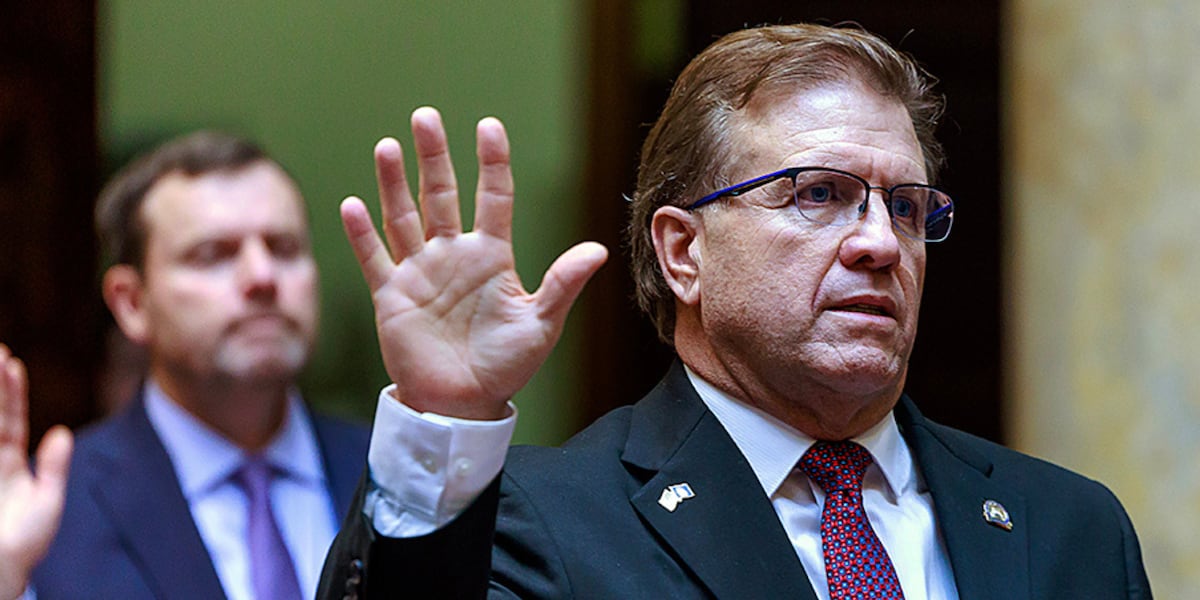Green Power Shift: Senator Scott Madon Lands Key Environmental Role

In a recent development, Senator Madon has been appointed to the committee, following the re-appointment of Senator Brandon Smith. This strategic committee assignment highlights the ongoing shifts in legislative leadership and representation. The new appointment signals potential changes in the committee's dynamics and future direction, as both senators bring their unique perspectives and expertise to the table.
